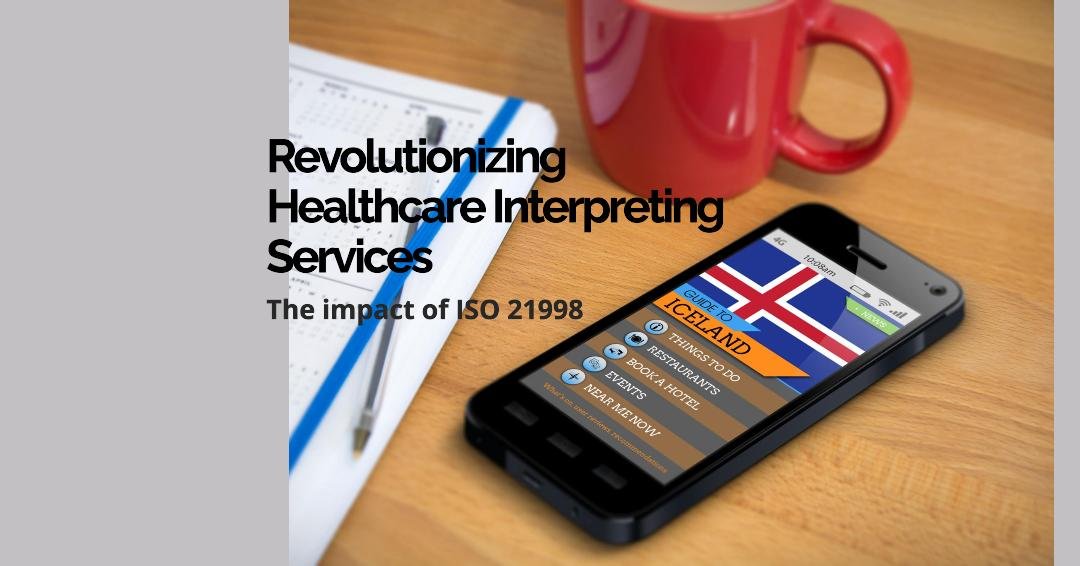
How ISO 21998 is Revolutionizing Healthcare Interpreting Services
Introduction: The healthcare industry is becoming increasingly multicultural, bringing to the forefront the critical need for effective communication between healthcare providers and patients who speak different languages. ISO 21998, introduced in 2020, is a pioneering standard that aims to elevate healthcare interpreting services to meet this need. This article explores how ISO 21998 is setting new benchmarks for the quality and reliability of healthcare interpreting.
Exploring ISO 21998: ISO 21998 provides detailed guidelines aimed at standardizing the practice of healthcare interpreting. The standard outlines what is required of healthcare interpreters in terms of qualifications, responsibilities, and professional conduct, ensuring that all practitioners meet a global standard of excellence.
Key Aspects of ISO 21998:
- Standardizing Qualifications: ISO 21998 clearly defines the educational
and professional qualifications necessary for healthcare interpreters.
This standardization helps healthcare facilities ensure that their
interpreters are adequately prepared to handle the nuanced demands of
medical interpreting.
- Enhancing Interpreter Competence:
The standard mandates that interpreters possess detailed knowledge of
medical terminology and procedures. This competence is crucial for
interpreters to accurately translate complex medical information, which
can be vital for patient care and treatment outcomes.
- Ethical and Professional Standards: ISO 21998 also sets forth ethical guidelines and professional standards for interpreters, including confidentiality, accuracy, and impartiality. These guidelines are designed to protect both the patient’s and provider’s rights, fostering a trustworthy environment for sensitive medical discussions.
Benefits for Healthcare Providers and
Patients: The implementation of ISO 21998 provides
numerous benefits:
- For Healthcare Providers: Ensures
that communication with patients is clear, reducing the likelihood of
errors and improving the overall quality of care.
- For Patients: Enhances access to healthcare services, ensuring that language barriers do not compromise the quality of care received.
Challenges Ahead: While ISO 21998 provides a comprehensive framework, its implementation across diverse healthcare systems worldwide poses challenges. These include the need for training, resource allocation, and the adaptation of existing systems to incorporate these new standards.
Conclusion:
ISO 21998 is a groundbreaking step towards improving healthcare interpreting
services globally. As it gains traction, it promises to make healthcare more
accessible and equitable by ensuring high standards of communication regardless
of language differences. Moving forward, the successful implementation of ISO
21998 will depend on continued collaboration between healthcare providers,
interpreters, and regulatory bodies to embrace and uphold these standards.


